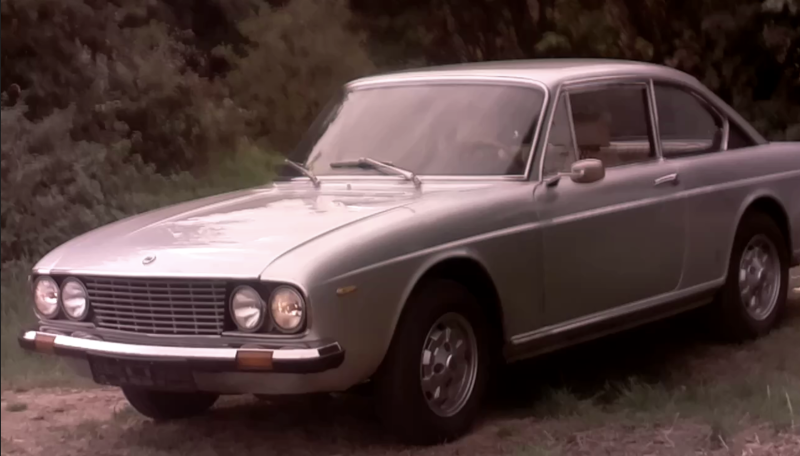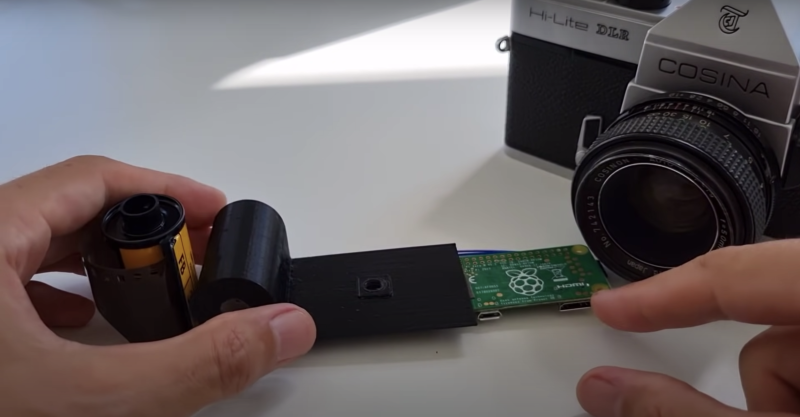Bennet is lucky enough to have a job that involves imagination, invention, and problem-solving. An engineer and professor of robotics, his role involves work developing mapping and camera-based assistance programs. In his free time, he focuses on building projects that spark his curiosity. “Raspberry Pi is a perfect platform for such projects because it eliminates most burdens that come with building embedded devices,” he says, citing the “excellent” Raspberry Pi and open-source software communities.
Mechanical marvels
Super 8 cameras are “mechanical marvels that are destined to sit unused in drawers simply because you cannot buy the film cassettes any more,” he opines. And if you could, he calculates three minutes of footage would cost around €60 to develop. Troubled by this wasted potential, Bennet decided to create “an electronic film cassette that can be plugged into any Super 8 camera and make it usable again.” He used Raspberry Pi Zero W with a 5 MP camera mounted on a flex circuit board. He chose Raspberry Pi for the Zero W’s compact size and low price, plus the “excellent software support of camera and video encoder hardware.” He was also attracted by the possibility of adding wireless live video streaming.
Another important factor was that Bennet had recently put together a very similar project for an SLR still camera – involving fitting a Raspberry Pi Zero W completely inside the camera – which had proved popular. He hoped to use the same idea for the Super 8 camera. He was able to source the hardware including a photoresistor and motion-detecting LED from a supplier, Riechel, for around €50, and wrote code for the Super 8 Kamera project using the custom Python program and the picamera API. This program monitors the light detector for changes (such as when the user presses the camera’s record button) and starts recording and streaming at the same time. While Bennet’s code is specific to the Super 8 video camera, both the project idea and the picamera API can be adapted for use with other camera and video camera models.
Fantastic facsimile
Bennet spent around ten hours designing and 3D-printing the hardware, assembling the electronics, and writing the software. Fitting everything together so it fitted within the original Super 8 camera chassis involved three design versions. “It was quite hard to make the hardware fit into the cartridge. The camera placement and its cable proved to be an especially challenging origami riddle,” he comments. The results, however, were more than worthwhile: “It surprised me how much the digital footage looks like the original Super 8 movies. I did not implement any post-processing to make it look more like the original film, but still it looks remarkably similar. This gives the movies generated by my system a lot of character and a certain patina.





